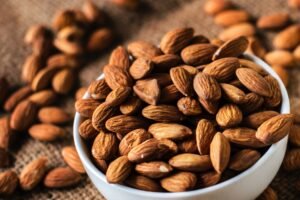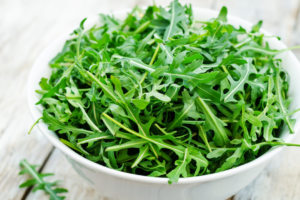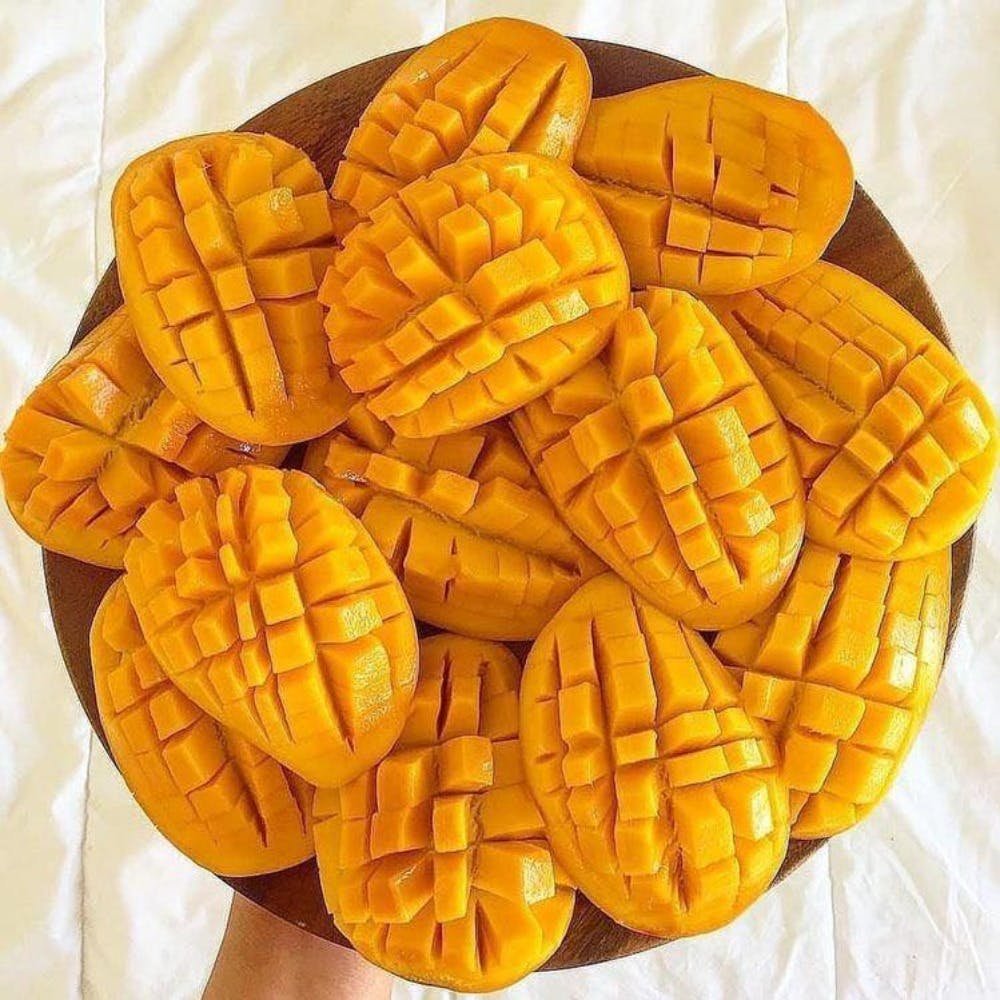5 Steps To Manage Your Type 2 Diabetes
Type 2 Diabetes is not like an infection. No 1 medicine can go and kill the virus attacking your body. This is a lifestyle disorder. Your lifestyle is what created type 2 diabetes. Do you know what this means? It means that your lifestyle should also be able to reverse the disorder! Khushboo Jain Tibrewala shares 5 changes that will jumpstart your reversal journey.
What does “reversing diabetes” mean?
As mentioned above, type 2 diabetes is not an infection that can be “cured” with an antibiotic. This is a lifestyle disorder. It is multifactorial. Everything from your activity pattern to food choices to stress levels to genetics plays a role in the development and progression of type 2 diabetes in your body.
This is why there is no cure for type 2 diabetes. However, we have managed to identify the next best thing, i.e. putting it into remission or as we call it for ease of understanding – reversing it. You can say your diabetes is in remission or has been reversed when you are able to get off medication and maintain an HbA1c level of 6.5% or below for 3 months.
(This Times of India article talks more about this – “Diabetes is No More A Lifelong Condition”)
Our goal, thus, is to simply bring it down to these levels and maintain it, that’s it!
Steps To Reverse/ Manage Type 2 Diabetes
-
- Do a deep dive into your lifestyle to identify the top 5 bad habits that need to change right away
Although this is usually different for different people, there are a few that I see often. This includes erratic meal timings, high stress levels, sitting for long hours, inadequate care post covid, and imbalanced meals (usually the fibre and/or the protein is lacking).
So identify your 5 bad habits and find ways to replace them with better ones. - Eliminate these
- Bakery items like bread, croissants, biscuits, khari, cakes, etc. If you are opting for a healthy one, make sure it is actually healthy.
- Wheat & wheat products – wheat has multiple compounds (not just gluten) that irritate the immune system and increase inflammation in the body (1)
- Unnecessary processed foods from your kitchen – think sherbets, sauces, premixes, sugary beverages, breads, breakfast cereals, etc.
- All types of sugar – white sugar, jaggery, honey, maple syrup, and molasses are all differently processed but at the end of the day are still sugar. They still will spike glucose levels. Use lower GI foods like dates, figs, stevia, cinnamon, monk fruit, etc instead.
- Add these foods:
- Natural fats – these will stabilize your glucose levels, reduce spikes, reduce sugar cravings and reduce inflammation in the body. Include sesame seeds, pumpkin seeds, almonds, walnuts, pecans, brazil nuts, coconut, sunflower seeds, etc.
- Leafy greens – these give lots of fibre, minerals and phytonutrients that both prevent blood glucose spikes as well as improve insulin sensitivity
- Legumes – replace most of your meaty animal based protein elements like chicken, paneer, fish, eggs, etc with legumes. These include all types of dals and pulses like kidney beans, lima beans, moth beans, whole mung bean, chickpeas, red chana, dried peas, and lentils like masoor.
- Fermented Foods – these improve the gut microbiome, which in turn improves insulin sensitivity. Include small quantities of pickles, drinks like ragi koozh, raab, gajar ki kanji, ganne ki kanji, mandia pej, chaas, kombucha, kefir, lactofermented vegetables, batters like idli, dhokla, dosa, hoppers, etc.
- Get Moving!
Strength training for 30 minutes, thrice a week improves insulin function. (2) It is a great idea to include a combination of strength training and restorative forms like yoga, walking, swimming, etc. - Meditate daily
Meditation has shown to reduce post prandial glucose spikes as well as have a beneficial impact on blood pressure. Start meditating every single day, even if it is just for 5 minutes in the beginning. This is one habit that helps you most holistically. I have seen people’s mindset transform slowly and gradually.
- Do a deep dive into your lifestyle to identify the top 5 bad habits that need to change right away
We, at The Health Pantry, have developed a tool called “The Health Quartet” that looks into 4 pillars of your health, i.e. food, mind, activity, and nature. With this tool, we can make slow and steady changes that are effective, easy and sustainable in the long run.
Tracking Progress
Once you have made all the above changes and maintained them for about 6 weeks, you should start seeing some changes. Track the following:
-
- Body weight: you should be losing not more than 1 kg per week
- Inches, especially around the waist: losing fat around the waist is very crucial for metabolic health. Your waist circumference at the navel should be <80 cm for women and <90 cm for men.
- Fasting Blood Glucose: getting them in the 100-110 mg/dL range is ideal to begin with
- Continuous Glucose Monitoring: using CGM sensors to track how your body is responding to your overall food and lifestyle over a period of 2 weeks. Make all the required changes with the sensor on, to find the right solution to any major spikes. In India, the best way of doing this is through Ultrahuman. You can buy your sensors here: Ultrahuman CGMS
- HbA1c – check your HbA1c every 3 months. The goal is to get below 6.5%.
If you feel all of this is too much for you to manage on your own, then you can work with a professional. Do check out my Diabetes Reversal Program. This program is a completely online, interactive, personalised program that aims at putting your type 2 diabetes into remission.












Pingback: 5 Steps To Manage Your Type 2 Diabetes | Health...
Premalatha
Very Informative
Pingback: A for Amaranth Seeds | A to Z of Indian Foods
Pingback: B for Banana | A to Z of Indian Foods
Pingback: C for Coconut | A to Z of Indian Foods
Pingback: Just got diagnosed with Type 2 Diabetes? Here’s what you need to know..
Pingback: D for Drumstick | A to Z of Indian Foods
Pingback: E for Elaichi | A to Z of Indian Foods